Top Lists
Top 10 Asian Caves Defining Human History
Caves can be natural or human-made. They may be of any size and shape. They often are part of larger systems of caves, and they can be found anywhere. But a select few have taken on greater meaning and significance in human history.
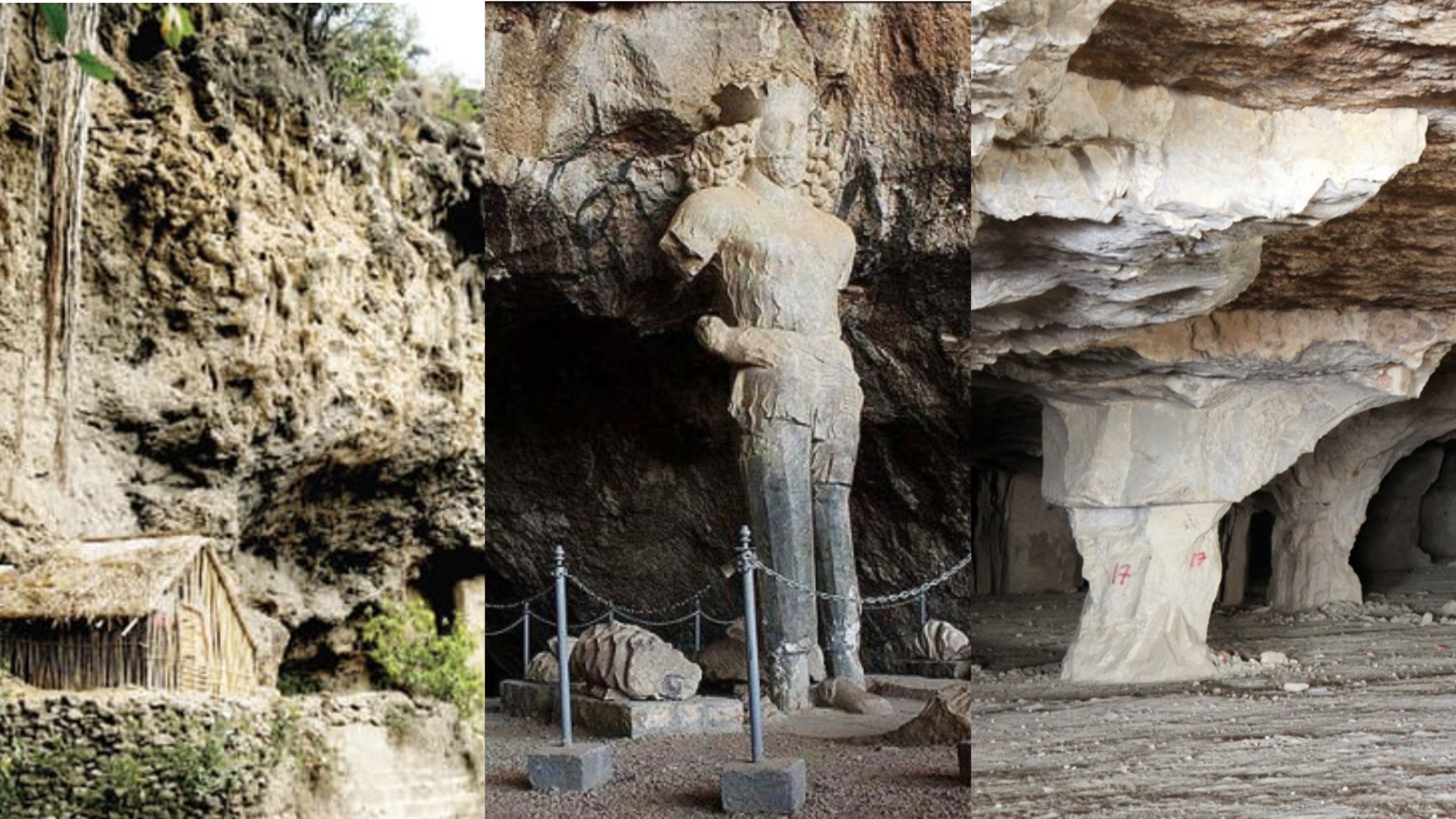
Top 10 Asian Caves Defining Human History
Caves can be natural or human-made. They may be of any size and shape. They often are part of larger systems of caves, and they can be found anywhere. But a select few have taken on greater meaning and significance in human history.
If you are interested in historical places, these historical caves are some of those you should visit. The caves are really centuries old with a scenic view of very old trees, and weathered rocky hills, giving a very strange look. A stream coming out, beneath the caves give a different feeling.
In this article, here is the list of the top 10 Asian Caves Defining Human History.
1. Sangeshkan Cave, Iran
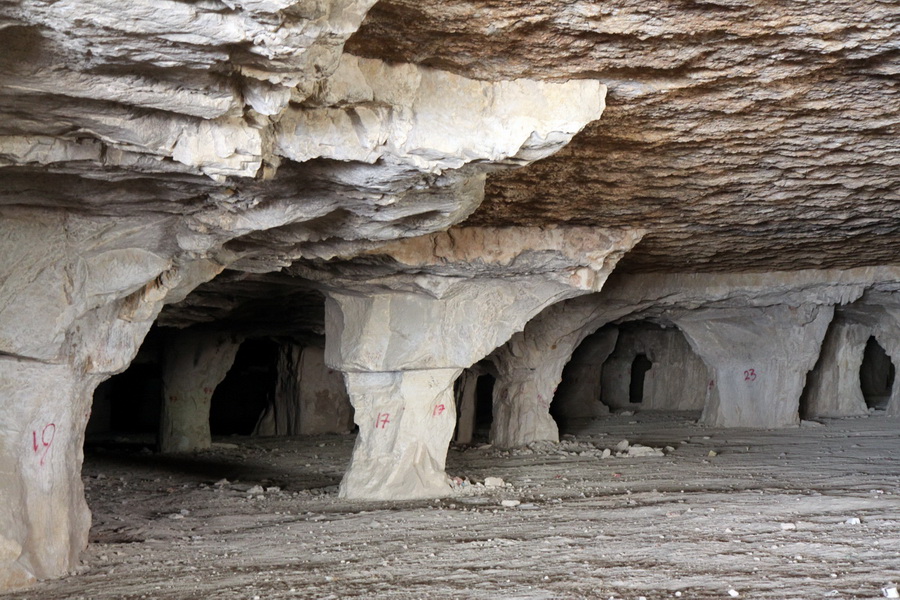
top 10 Asian Caves Defining Human History
Sangtarashan cave is located in the Jahrom, in southern Iran, it is the largest handmade cave in the world. It has several corridors, columns, and openings.
The cave dates back 150 years ago and is regarded as the largest artificial cave in the world. The cave lies to the south of Jahrom.
2. Phraya Nakhon Cave, Thailand
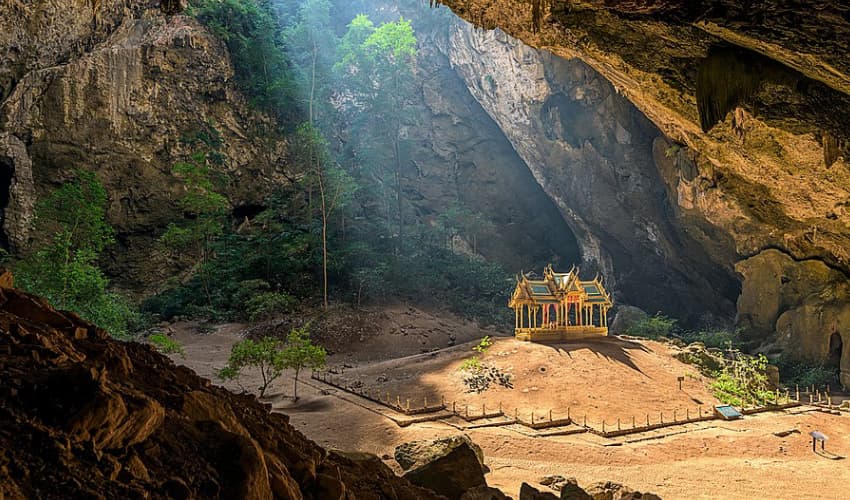
Top 10 Asian Caves Defining Human History
The Phraya Nakhon Cave is located inside Khao Sam Roi Yot National Park in the Prachuap Khiri Khan Province of Thailand. According to local legend, the cave was discovered around 200 years ago when a local ruler, Nakhon Srithammaraja, was forced to abandon his ship during a storm and found refuge in the cave. Some historians, however, believe the cave was discovered by, or at least named after, a nobleman called Nakhon, who lived in the region in the 17th century.
Either way, the cave has long been a treasured natural attraction along the northern part of the Malay Peninsula. When sunlight floods into the cavern, it illuminates the cave’s stalagmites and stalactites, and the lush green trees that lean toward the light from the sandy floor below. It’s a serene and mystical sight, and one deemed fit for kings.
3. Shah Allah Ditta Caves, Pakistan
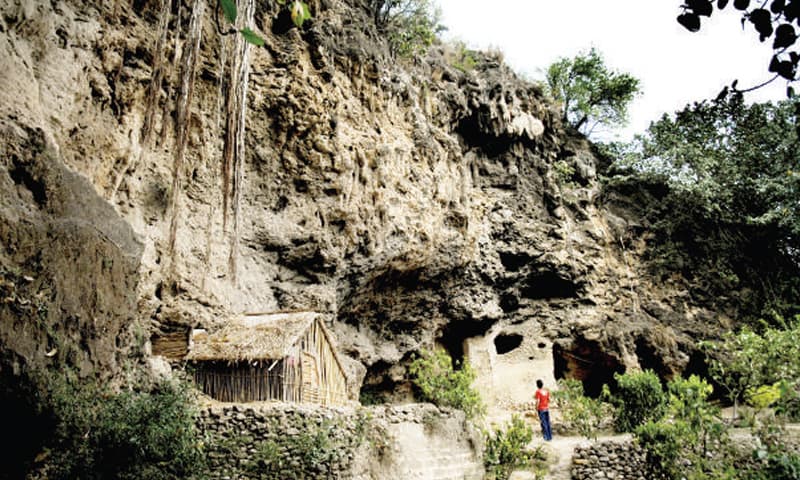
Top 10 Asian Caves Defining Human History
Shah Allah Ditta Caves are located in the village of Shah Allah Ditta, a more than seven hundred years old village nestled in the Margalla Hills of Islamabad, which was actually named after a Mughal period Darvesh. The caves, on both sides of a spring under the shadow of deep-rooted banyan trees, contain traces of human existence from ancient times and are believed to have been a meditation site of Buddhist monks in the 4th century BC. Hindu families lived in Shah Allah Ditta until the partition of the subcontinent and the caves were used for their daily worship. Shah Allah Ditta is a model village and an ideal picnic spot worth a visit for locals and foreign tourists alike.
4. Ajanta and Ellora Caves, India
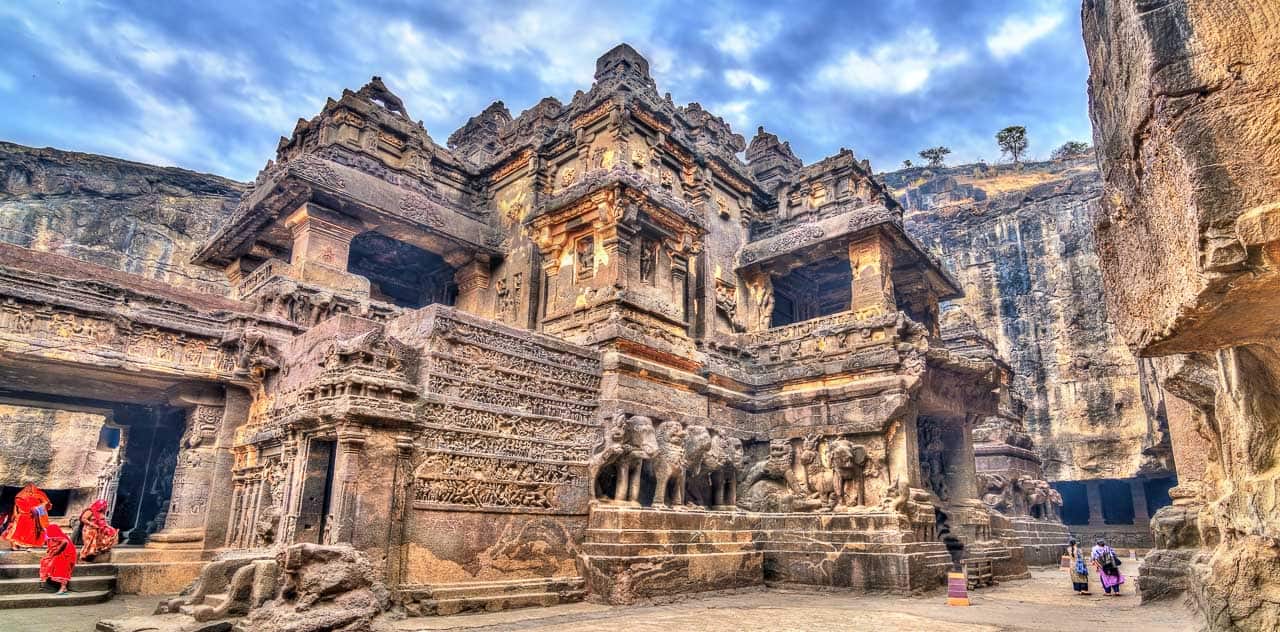
Top 10 Asian Caves Defining Human History
The Ajanta and Ellora caves in Maharashtra are the most famous Asian caves in India. The Ajanta Caves, dating back to the 2nd century BCE, and consisting of thirty Buddhist monuments carved in stone, contain the finest surviving examples of traditional Indian painting and sculpture, revolving around religious art. The thirty-four monumental caves of Ellora have rock-cut temples, viharas, and mathas of Hindus, Buddhists, and Jains, representing religious harmony during the 5th – 10th centuries. The paintings, frescoes, and sculptures bear great detailing, and show the skills of the early artists.
5. Sky Caves of Mustang Kingdom, Nepal
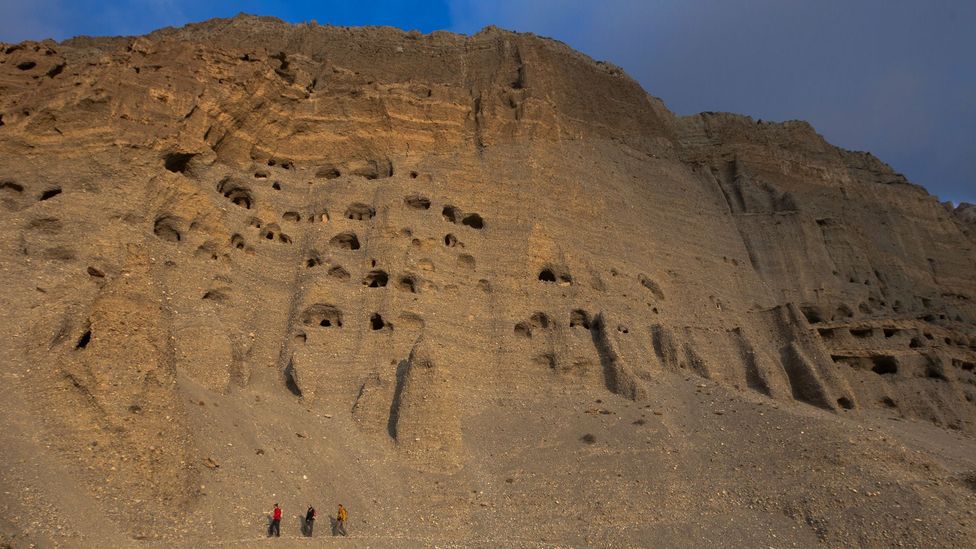
Top 10 Asian Caves Defining Human History
Sky Caves of Mustang Kingdom, also known as the Mustang Sky Caves or the Cave Temples of Mustang, these man made caves are found on steep valley walls. More than two decades ago, a group of archaeologists unearthed more than 20 human remains from the Sky Caves in the Samdzong area in Upper Mustang.
6. Mogao Grottoes, China
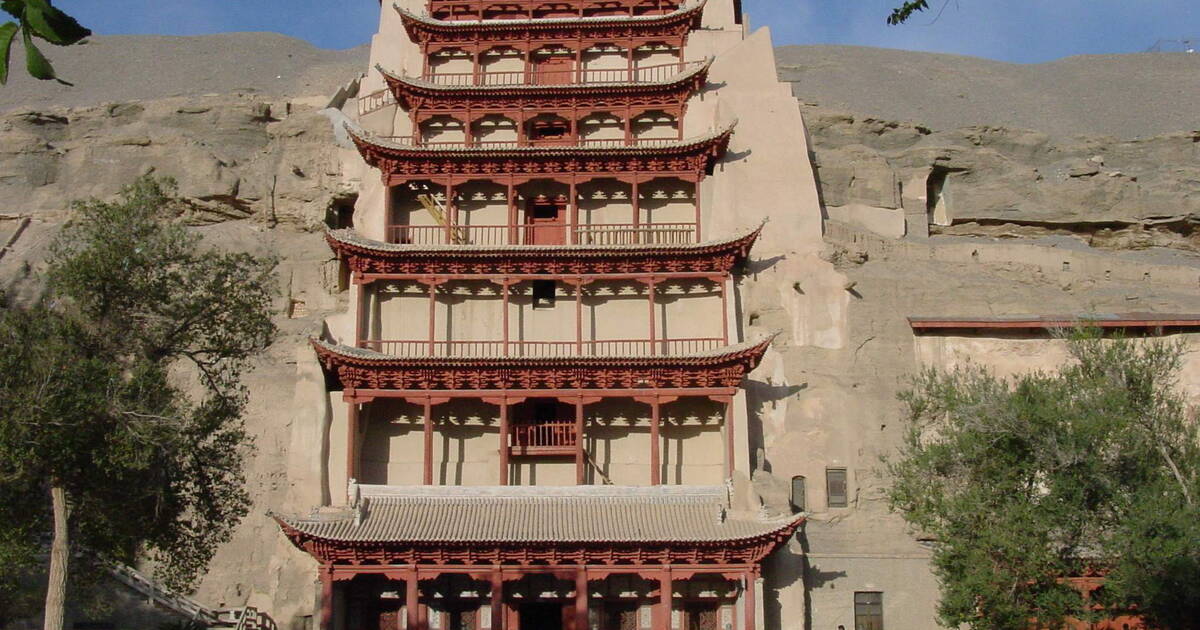
Top 10 Asian Caves Defining Human History
The Mogao Caves, also known as the Thousand Buddha Grottoes or Caves of the Thousand Buddhas, form a system of 500 temples 25 kilometers southeast of the center of Dunhuang, an oasis located at a religious and cultural crossroads on the Silk Road, in Gansu province, China. The caves may also be known as the Dunhuang Caves; however, this term is also used as a collective term to include other Buddhist cave sites in and around the Dunhuang area, such as the Western Thousand Buddha Caves, Eastern Thousand Buddha Caves, Yulin Caves, and Five Temple Caves.
The caves contain some of the finest examples of Buddhist art spanning a period of 1,000 years. The first caves were dug out in AD 366 as places of Buddhist meditation and worship; later the caves became a place of pilgrimage and worship, and caves continued to be built at the site until the 14th century. The Mogao Caves are the best known of the Chinese Buddhist grottoes and, along with Longmen Grottoes and Yungang Grottoes, are one of the three famous ancient Buddhist sculptural sites of China.
7. Batu Caves, Malaysia
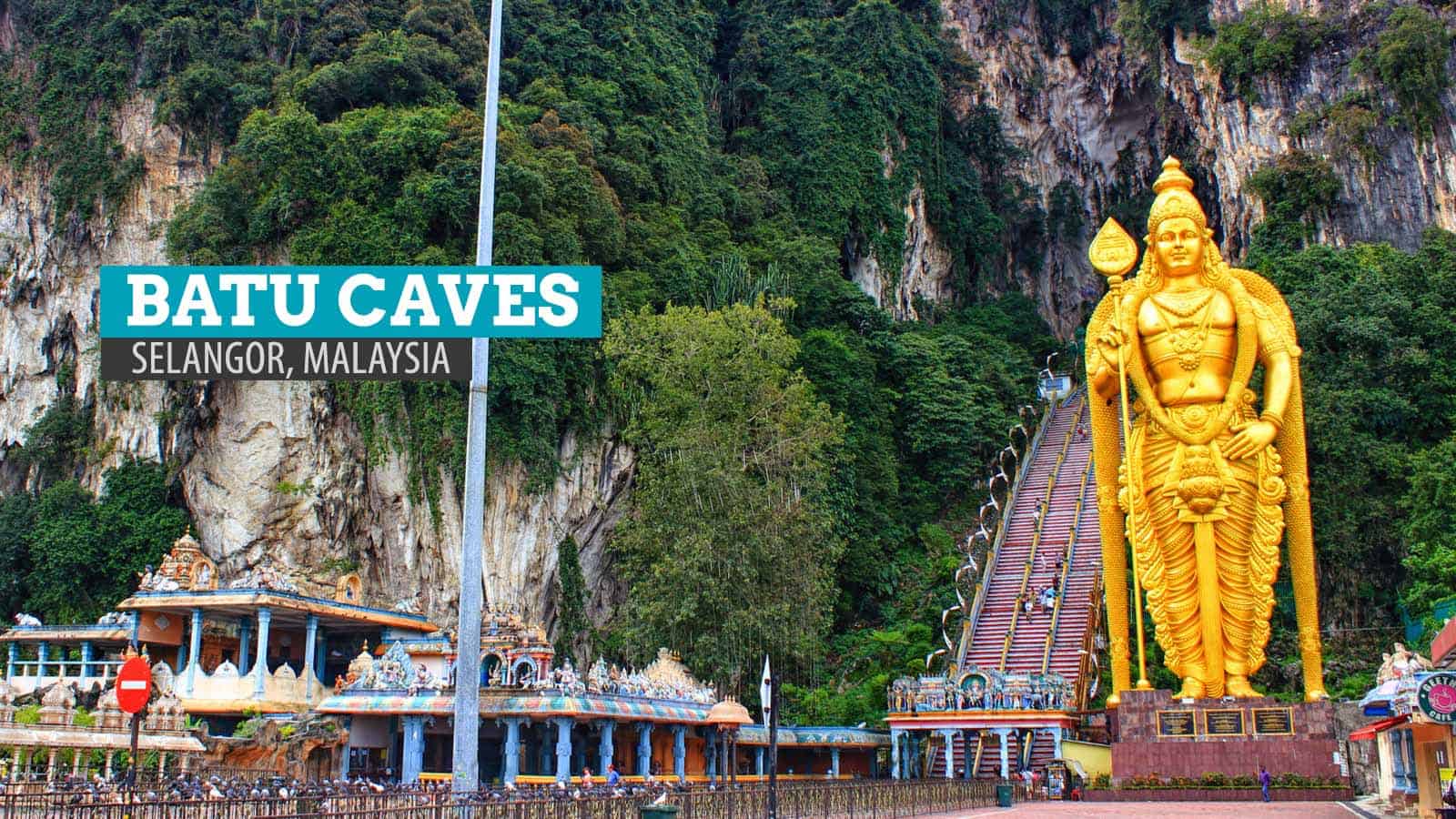
Top 10 Asian Caves Defining Human History
Batu Caves is a mogote that has a series of caves and cave temples in Gombak, Selangor, Malaysia. It takes its name from the Malay word batu, meaning ‘rock’. The cave complex is one of the most popular Hindu shrines outside India and is dedicated to Murugan. It is the focal point of the Tamil festival of Thaipusam in Malaysia.
Batu Caves, in short, is also referred to as the 10th Caves or Hill for Murugan as there are six important holy shrines in India and four more in Malaysia. The three others in Malaysia are Kallumalai Temple in Ipoh, Tanneermalai Temple in Penang, and Sannasimalai Temple in Malacca.
8. Bhimbetka Rock Shelters, India
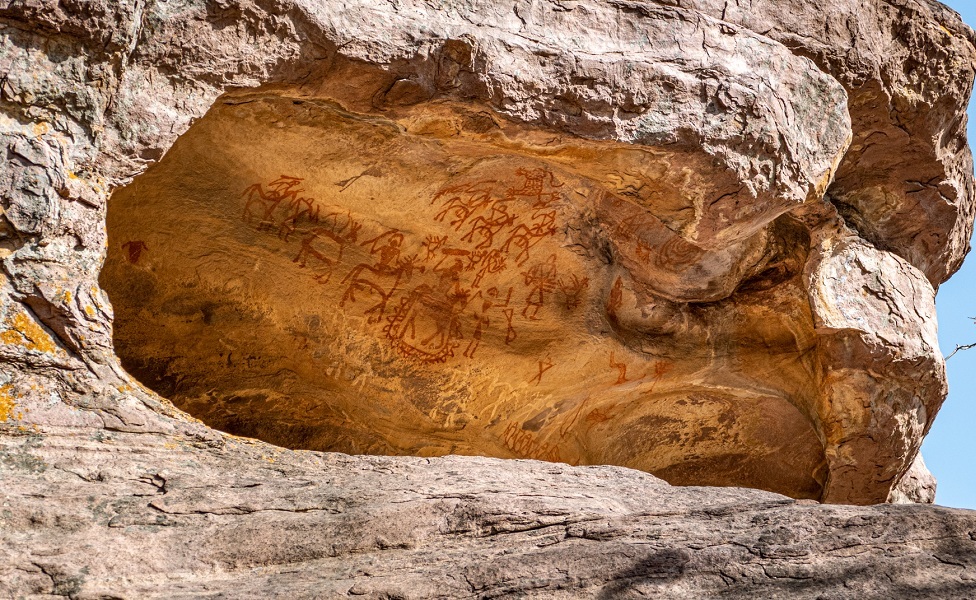
Top 10 Asian Caves Defining Human History
The Bhimbetka rock shelters are an archaeological site in central India that spans the Paleolithic and Mesolithic periods, as well as the historic period. It exhibits the earliest traces of human life in India and evidence of the Stone Age starting at the site in Acheulian times. It is located in the Raisen District in the Indian state of Madhya Pradesh, about 45 kilometers southeast of Bhopal.
It is a UNESCO World Heritage Site that consists of seven hills and over 750 rock shelters distributed over 10 km. At least some of the shelters were inhabited more than 100,000 years ago. The rock shelters and caves provide evidence of human settlement and the cultural evolution from hunter-gatherers to agriculture and expressions of prehistoric spirituality.
9. Kyaut Sae Cave, Myanmar
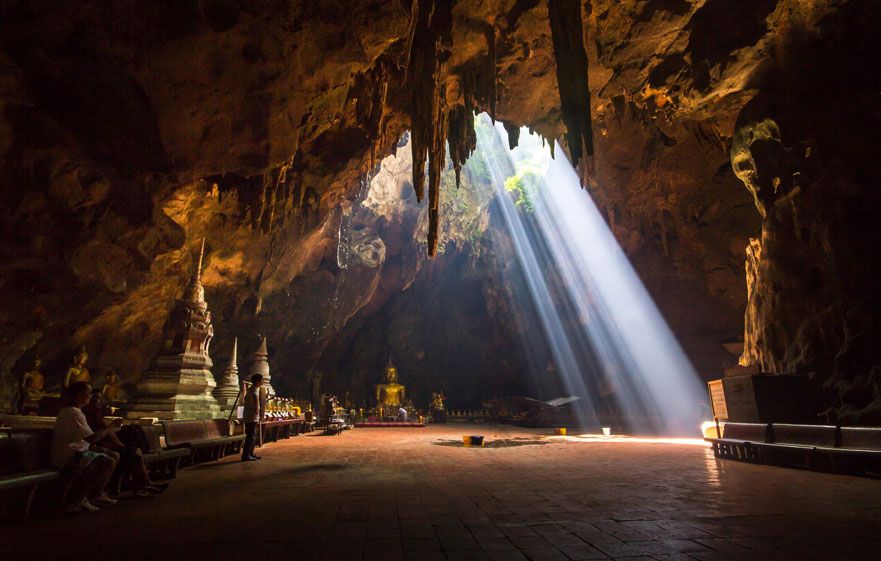
Top 10 Asian Caves Defining Human History
Kyaut Sae is a cave located in the town of Burna, Myanmar. This cave’s main feature is a prominent Buddhist temple that serves as a pilgrimage and place of rest for monks. According to an ancient legend, Kyaut Sae Cave was originally used as a place of hiding for locals seeking refuge from Mongol invaders in the 13th century.
10. Shapur Cave, Iran
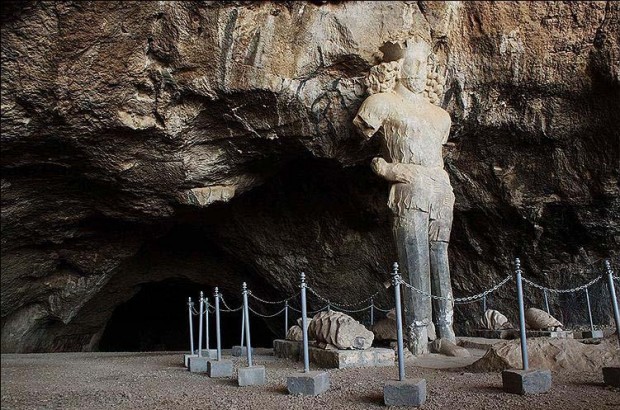
Top 10 Asian Caves Defining Human History
The Shapur cave is nestled in the Zagros Mountains in the south of Iran, a few kilometers away from the city of Bishapur. The cave with five terraces is home to the colossal statue of King Shapur I (AD 240 – 272) who was the second ruler of the Sassanid Empire. The 7m high statue was carved out of a single stalagmite, and it stood proudly until it was vandalized, about 1400 years ago, after the Arabs invaded Iran. For fourteen centuries, it lay on the ground, broken and collapsing, until, in 1957, Shah Mohammad Reza Pahlavi ordered the military men to raise it and mend its broken leg and arm. Within six months, the statue was brought back to its former glory that adorns the cave once again.
Asian Caves Defining Human History
1. Sangeshkan Cave, Iran
2. Phraya Nakhon Cave, Thailand
3. Shah Allah Ditta Caves, Pakistan
4. Ajanta and Ellora Caves, India
5. Sky Caves of Mustang Kingdom, Nepal
6. Mogao Grottoes, China
7. Batu Caves, Malaysia
8. Bhimbetka Rock Shelters, India
9. Kyaut Sae Cave, Myanmar
10. Shapur Cave, Iran
More Articles on RNN
Strangest Places Where People Actually Lived
